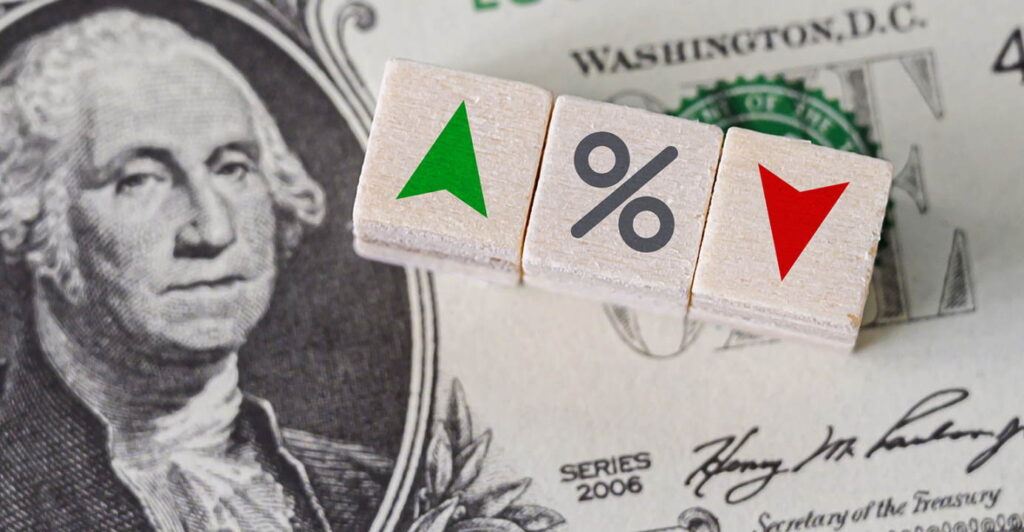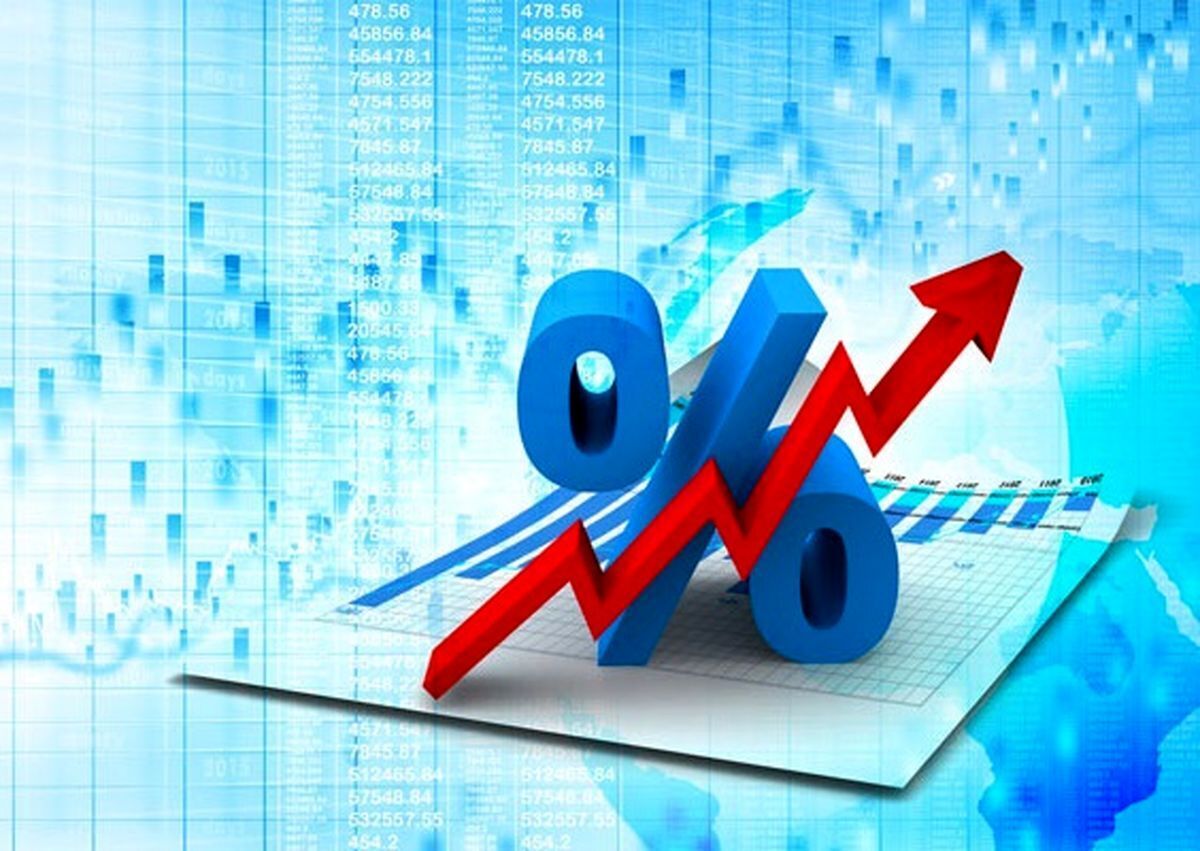Interest rates are among the most relevant variables that affect international currency fluctuations. The interest rate decisions made by a central bank change not only the course of the national economy but also global financial markets, especially the foreign exchange market. Changes in interest rates can create substantial volatility for international currencies and define their direction. In this article, we will look at how interest rates fit into the international currency fluctuations, their connection with monetary policies, and their impact on forex trading. This article is from the Trade Toofan educational site.
Interest Rates and Monetary Policies
Setting interest rates is the job of central banks, and such rates are major monetary policy tools in the endeavor to keep inflation in check and stabilize prices, promote economic growth. The central banks reduce interest rates during recession or slow growth in an economy; by doing so, they make credit easily accessible with a view to stimulating the economy. If inflation heats up or when growth becomes too rapid, the central banks increase interest rates with a view to checking inflation.
Clearly, changes in interest rates have a direct consequence on the supply and demand for a country’s currency. For example, if the interest rate for a country rises, investment in that country becomes more attractive. In order to achieve higher returns from bonds and deposits, foreign investors buy that country’s currency, which increases the demand for the currency and therefore strengthens the currency. Conversely, in the case of a lower interest rate, it may render investment less attractive and lead to capital outflow, consequently depreciating the currency.
Read More: The Importance of Liquidity in the Forex Market
Interest Rates and Their Interaction with the Forex Market
Apart from interest rates, among other factors, the forex market bases its determination of the value of international currencies. One of the most powerful drivers of prices in the forex market is a change in national interest rates. Central banks normally issue interest rate changes openly through statements and forecasts, whereby traders take positions based on what future interest rates may be.
1. High Interest Rates and Currency Strengthening
When the interest rate goes up in a country, the returns on investment and bank deposits within that country go up. It also makes the country attract more foreign capital, raising the demand for that currency. For example, when the Federal Reserve-the central bank of the United States-increases interest rates, the US dollar may become more attractive to investors, thereby driving up the value of the dollar against other currencies. Such appreciation in currency makes imports cheaper and exports more expensive for a country, and therefore it has an effect on international trade.

2. Low Interest Rates, Currency Depreciation
Conversely, when interest rates are lowered, the country is no longer an attractive place to invest. With reduced deposit and bond returns, there is a risk that foreign investors will retreat from that country and sell its currency for other higher-paying currencies. This reduces demand for that country’s currency, which then leads to a decline in its value. For instance, if the European Central Bank cuts interest rates, the single currency, the euro, will plummet in value against all other currencies. This will result in consequences on international trade.
Interest Rate Differences Between Nations
The other pivotal determinant of currency movement is the differential interest rates between two nations. Traders in the forex market attempt to make a profit from the differential interest rates between two currencies. Assuming the interest rate in the United States is very high and it is low in Europe, traders will be keen to buy dollars by selling euros. This can be in the very long run a big difference for currency pairs and will, in fact, decide the direction of the market.
4. Interest Rate-Based Trading Strategy
Among so many strategies exist in the forex, one of the most common ones is the “Carry Trade” strategy based on differential of interest rate between two countries. The common practice here is to borrow in a country that has low interest rates and immediately convert the money into a country with higher interest rates. In this way, traders earn the difference in interest rate between these two currencies. However, in case of instability in financial markets, this opportunity can get converted into probable losses in an instance.
Read More: How Global Economics Affects the Forex Market
Interest Rates and Inflation
Control of inflation is one of the major reasons for changes in interest rates. Inflation generally refers to a general price increase of goods in an economy either due to excess supply of money or when demand is greater than the available supply. Central banks employ the use of interest rates to check on inflation. Increasing interest rates will actually reduce access to loans and increases in the cost of borrowing, thereby reducing demand and managing inflation.
Interest rate reductions may also be supplemented when there is low inflation. In times of low inflation or economic downturn, central banks reduce interest rates to increase demand for goods and services and to spur economic growth. Thus, changing interest rates impact not only international currencies but also affect inflationary levels and economic fortunes of countries as well.
Conclusion
Interest rates are one of the prime determinants of changes in international currency. The bottom line is that changes in the interest rates imposed by central banks can boost or lower demand for a country’s currency, hence affecting its value in the foreign exchange market. Interest rate fluctuations and their declarations through central banks are closely monitored by forex traders to make better trading decisions. In general, profit opportunities can be further made from interest rate differentials between countries and trading strategies such as the carry trade. Finally, interest rates are a vital monetary policy tool that assists in making a decision on the direction that international currencies will take.

Leave a Reply